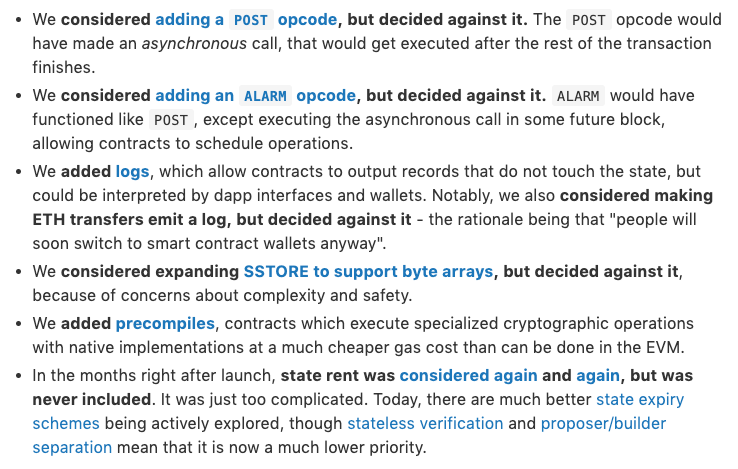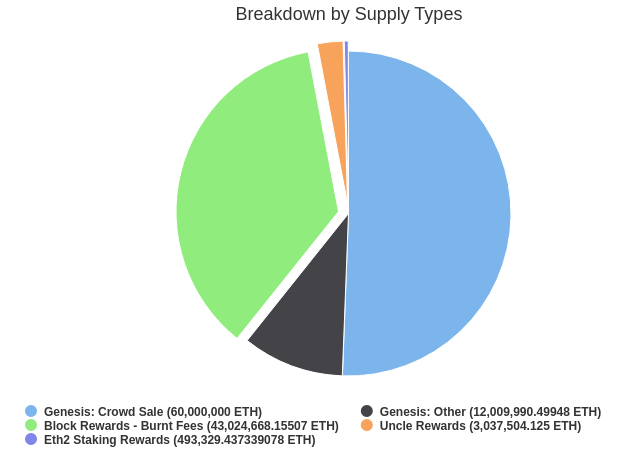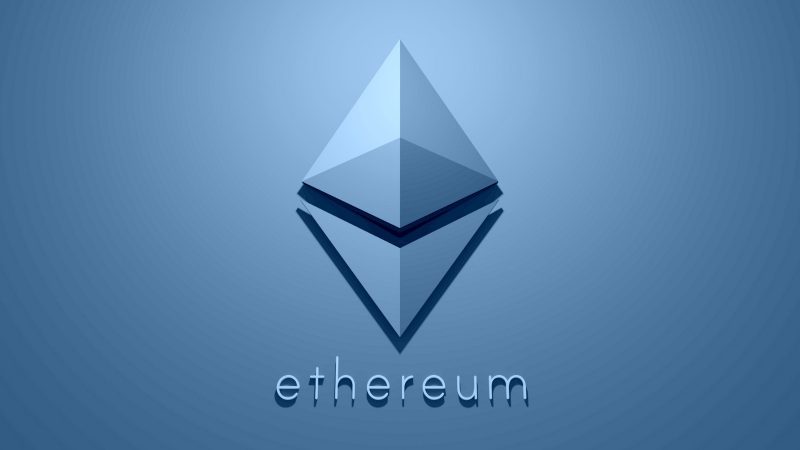As I sipped through my morning coffee today, I recollected one of Robert Frost’s poems—the one where he talked about two roads diverging in the woods and how taking the one less travelled by, made all the difference.
Without even paying much heed to forest-y thoughts, I open Instagram, hoping to stumble across something interesting. But no, it was only filled with the same old Will Smith memes. By the way, y’all know that the space already has a slap inspired token, right?
I next opened Twitter to only find out that one of my opinionated tweets went viral overnight. “Woah, banger,” I exclaimed to myself. Seeing the traffic garnered, I, almost spontaneously, made up my mind to write an Op-Ed piece today.
I logged onto Discord next to see what was up over there. My eyes caught the very last message that had a Vitalik Buterin blog attached with the title, “The roads not taken.”
If this ain’t the mother of coincidence, I don’t know what is. SMH.
Delving into the times when the Ethereum founder was at cross-roads
The life of a developer isn’t plain sailing. Most of their time, undoubtedly, gets spent on carrying out updates and catering to fallacies. However, in the said process, they are required to make network-changing decisions without knowing if they would turn out to be successful or not. As far as Ethereum’s journey is concerned, Vitalik pointed out,
In some cases, Ethereum developers made conscious decisions to improve in someplace where we thought that Bitcoin erred. In other places, we were creating something new entirely, and we simply had to come up with something to fill in a blank – but there were many somethings to choose from.
Personally, I take months to zero down on a vacation destination, days to pick out one perfect outfit to order, and hours to choose the right set of words while writing. Typically that’s what my simple to complex decision-making list looks like. However, these developers have to deal with things totally on a totally different dimension.
Adding on, Buterin noted,
…in still other places, we had a tradeoff between something more complex and something simpler. Sometimes, we chose the simpler thing, but sometimes, we chose the more complex thing too.
Regrets are a part and parcel of everyday life. Being a trader, I regret stepping into that one wrong trade, amongst multiple profitable ones, almost every day. In fact, right from successful athletes and writers to tutors and lawyers, everyone have their own buckets of regret.
Such has been the case with the Ethereum developers too. Buterin opined that most of the non-considered features by the Ethereum developmental circle “really should have” been considered.
Cross-examining facet 1: The PoS version
It is a known fact that the Ethereum network is in the final stage of its transition to the Proof-of-Stake [PoS] consensus mechanism, with the ‘merge’ of the beacon chain and the Ethereum mainnet potentially happening by June this year. The Gasper proof of stake that Ethereum is set to merge with is complex, but a very powerful system. Undoubtedly, it has compelling properties—right from having strong single-block confirmations to having quite predictable rewards and supporting a very high validator count. But, at the end of the day, it’s “hard” and “complex” too. Outlining the same, Buterin wrote,
But making a system that has these properties is hard. It took years of research, years of failed experiments, and generally took a huge amount of effort. And the final output was pretty complex.
Further highlighting the hits and misses on this front, he noted,
… switching to a simpler proof of stake in 2017, or even 2020, could have led to much less environmental damage (and anti-crypto mentality as a result of environmental damage) and a lot more research talent being free to think about scaling. Would we have had to spend a lot of resources on making a better proof of stake eventually? Yes. But it’s increasingly looking like we’ll end up doing that anyway.
Cross-examining facet 2: Sharding
Ethereum’s sharding ecosystem has not always been that complicated. With basic research, any person with a keen inclination towards crypto-tech could grasp the whole mechanism. The protocol initially resorted to “complex sharding” with built-in execution and cross-shard transactions. The protocol was then simplified by moving more responsibilities to the user, post which it switched to the rollup-centric roadmap.
Finally, with danksharding, the shard fee markets merged into one, and the final design now looks like a non-sharded chain, but some data availability sampling “magic” happens behind the scenes to make sharded verification happen.
Now, what would have happened if Ethereum had chosen the other road? Well, Ethereum researchers did heavily explore a much more sophisticated sharding system where shards would’ve been chains, fork choice rules would’ve been there where child chains would’ve been dependant on parent chains, cross-shard messages would’ve got routed by the protocol, validators would be rotated between shards, and even applications would get automatically load-balanced between the same.
But no, Ethereum chose the right path! Per Buterin,
…given Ethereum’s circumstances and constraints, the simplification and de-ambitionization of sharding was, in my opinion, absolutely the right move.
Cross-examining facet 3: The EVM
The specification of the EVM was viable for launch by mid-2014. However, over the next few months, the team continued actively exploring new features that they felt might have really been important for a decentralized application blockchain. Some did not go in, while others did.


However again, Buterin felt that Ethereum had chosen the right road at the end of the day.
Looking at this today, most of the decisions to not add more features have proven to be very good decisions... there probably was never a viable path for the EVM that’s radically different from what we have today, though there are lots of smaller details (jumps, 64 vs 256 bit, etc) that could have led to much better outcomes if they were done differently.
With respect to the LOG, nonetheless, the Ethereum co-founder opined,
“Today, I would probably favor the eventual abolition of the LOG opcode from the EVM.“
Cross-examining facet 4: The Ethereum supply distribution
The current ETH supply stands somewhat like this:


About half of the ETH that exists today was sold in an open public ether sale, while most of the remaining were mined. The slice at the bottom, the 12M ETH marked “other”, was the “premine” – a piece distributed between the Ethereum Foundation and 100 early contributors to the Ethereum protocol.
A couple of allegations w.r.t. the same still linger.
One is, the premine, as well as the fact that the Ethereum Foundation received the sale funds, isn’t credibly neutral. The other criticism, however, stresses, how the premine over-rewarded very early contributors, and left too little for later contributors.
In a way, the problems of both the assertions are fairly related, for the desire to minimize perceptions of centralization contributed to a smaller premine, and a smaller premine was exhausted more quickly.
Per Buterin, things could have been done differently. The “DAO from day 1” route, popular among DeFi projects today, was one such alternative highlighted by the founder. Collectively reflecting on the same, he wrote,
Would this have been a better idea and set a better precedent? Maybe! Though realistically even if the dev fund had been fully credibly neutral, the people who yell about Ethereum’s premine today may well have just started yelling twice as hard about the DAO fork instead.
The bottom line
At this point, there are a lot of things we cannot be changed, but at the same time, there are many things that still can be improvised. According to Buterin, a path to improving both functionality and simplicity still remains “solidly open.” His concluding words encapsulated his “personal dream” that read,
My personal dream is to try to achieve both visions at the same time – a base layer where the specification becomes smaller each year than the year before it, and a powerful developer-friendly advanced application ecosystem centered around layer-2 protocols.





